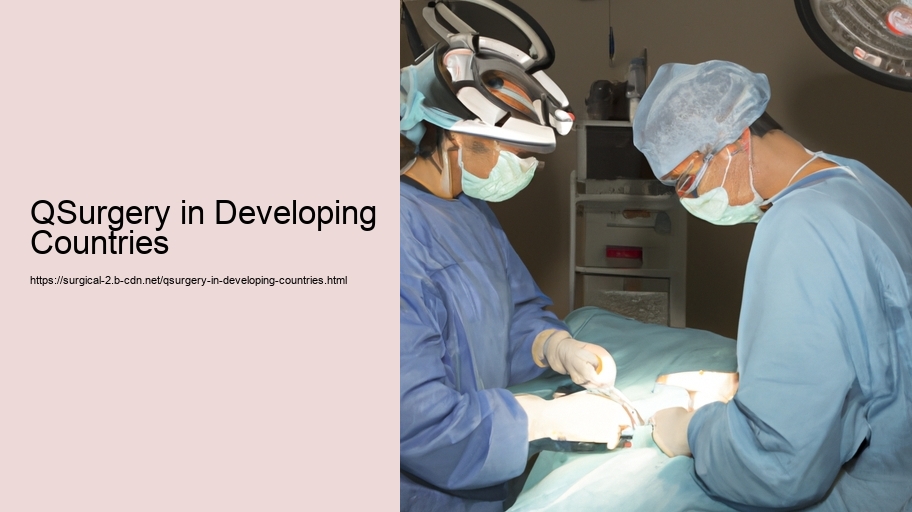Surgery in Developing Countries: Challenges and Opportunities for Improvement
The state of surgical care in developing countries stands in stark contrast to that of developed nations. Limited resources, inadequate infrastructure, and a dearth of trained professionals pose significant challenges to the provision of surgical care in these regions. However, the landscape is not without its opportunities for growth and improvement. This essay delves into the complex realm of surgery in developing countries, examining the obstacles faced and the potential pathways to enhancing surgical services.
Challenges in Surgical Care Delivery
One of the primary challenges in delivering surgical care in developing countries is the scarcity of resources. This encompasses a lack of necessary equipment, insufficient medical supplies, and inadequate facilities. The operating rooms, if available, often lack essential tools and technologies that are considered standard in more affluent countries. This scarcity translates into limited surgical procedures and increased risk of complications and infections.
Moreover, the availability of trained healthcare professionals is another significant barrier. Developing countries frequently suffer from a shortage of surgeons, anesthesiologists, nurses, and other support staff crucial to surgical care. This leads to overwhelming caseloads for the existing medical personnel and often results in long wait times for patients, delayed procedures, and a general inability to provide timely emergency surgical care.
The vast disparity in the distribution of surgical services is another issue. Rural areas, in particular, tend to be underserved, with urban centers having slightly better access to surgical care. This urban-rural divide forces patients from remote locations to travel long distances, which can be both time-consuming and costly, making surgical care inaccessible for many.
Opportunities for Improvement
Despite these challenges, there exist several opportunities for improving surgical care in developing countries. One such avenue is the training and education of local healthcare workers. By focusing on building the capacity of local professionals, through both formal education and vocational training programs, developing countries can begin to address the shortfall of qualified personnel.
In addition to human resource development, there is also a need to optimize the available resources. Innovations in surgical techniques, such as the use of task-shifting and low-cost technologies, can make surgery more accessible. Task-shifting involves training non-physician healthcare workers to perform certain surgical tasks, thereby expanding the workforce. Low-cost technologies and equipment adapted for the specific context of developing countries can make surgeries more affordable and widely available.
Partnerships with international organizations and developed countries can also play a crucial role. Such collaborations can lead to the sharing of knowledge, skills, and resources. They may facilitate training programs, provide equipment donations, and help in setting up sustainable healthcare systems.
Furthermore, a focus on preventative care and public health initiatives can reduce the demand for surgical interventions. By addressing the underlying causes of conditions that require surgery, such as injuries from road traffic accidents or complications from communicable diseases, the burden on surgical systems can be lessened.
Conclusion
Surgical care in developing countries is an area fraught with challenges, but it is also ripe with potential for transformative change. By recognizing the unique needs of these regions and tailoring solutions accordingly, it is possible to make significant strides in improving surgical care. This requires a multifaceted approach that includes investment in education, resource optimization, international partnerships, and preventative care. With concerted efforts, the gap in surgical care between developing and developed countries can be narrowed, leading to better health outcomes and a higher quality of life for individuals in these communities.
